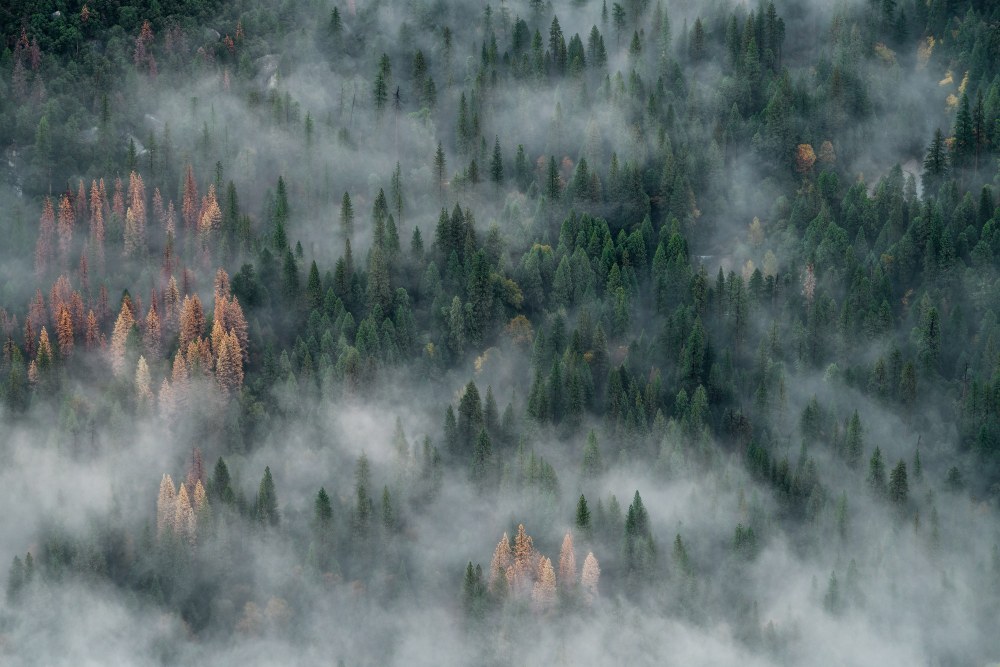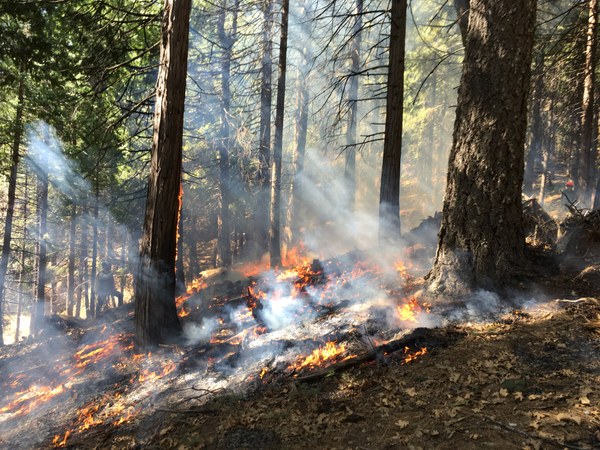
The growing impact of wildfire on Washington's lands, waters, and communities increasingly affects our outdoor experiences. Warmer temperatures mean drier summers and more severe wildfires. Larger, more intense wildfires are occurring more frequently, resulting in forest closures and unhealthy smoke that impacts our health and obstructs our views. As we grapple with these challenges, it’s important to better understand how the wildfire crisis is playing out in Washington and how we as outdoor enthusiasts can advocate for critical solutions.
Wildfire and the Evergreen State
Fire is a natural part of western U.S forests that brings numerous ecological benefits. Prescribed fire has been used as a traditional land management tool by Native peoples of the Pacific Northwest since time immemorial. A warming climate combined with the legacy of commercial logging, fire suppression, and other factors has brought our forests out of balance.
While Washington communities east of the Cascade crest have historically dealt with large seasonal wildfires, large fires have been rare in Western Washington. The 2022 Bolt Creek Fire that burned over 14,000 acres in the Skykomish River Valley, affecting rural communities, businesses, and outdoor recreational opportunities, may be a harbinger for future westside wildfire seasons.
The severity of the Bolt Creek Fire and the presence of other wildland fires up and down the western slope of the Cascades last summer offer a stark reminder that the fire landscape in Washington is changing. Unfortunately, these disturbing trends are likely to continue, requiring us to adapt to recreating outdoors amidst the ongoing threat of wildfire and leverage our connection to Washington’s iconic landscapes to support solutions to the wildfire crisis.
Recreation and a Fire-resilient Future
Fire on the landscape is not going away, and The Mountaineers is striving toward a more wildfire-resilient future for our public lands through joint advocacy with partners like Outdoor Alliance. Our coalition believes that wildfire policy and management and resilience planning can have positive benefits for outdoor recreation.
Outdoor Alliance just released a new report, “Wildfire and Outdoor Recreation in the West: How Recreationists Can Support a Fire-Resilient Future,” which explores why fires have gotten so severe, the effects of megafires on outdoor recreation and the outdoors, and strategies for better addressing and mitigating the risk of severe fire. The paper focuses specifically on wildfire impacts on forestland across the West.
In the past five years, wildfires across the nation have affected more than 23,750 trail miles and more than 1,360 climbing sites. Wildfire is increasingly impacting recreation opportunities by affecting air quality and scenic values, and resulting in closures to public lands and waters. In many cases, forest closures are broad and long-lasting, without a timeline for reopening. This can leave an uncertain future for recreationists and communities that depend on outdoor recreation as an economic driver.
Thanks to an overhaul of federal funding over the last several years from initiatives like the Wildfire Response and Drought Resiliency Act, the Bipartisan Infrastructure Law, and the Inflation Reduction Act, the Forest Service and other agencies now have an opportunity to help make forests and communities more resilient to wildfire.
Solutions that would restore landscapes and make forests more fire-resilient include science-driven forest thinning and prescribed and controlled burns to decrease density and vary diversity of forest canopies. This restoration work can, and should, be done in concert with protecting important public lands for their recreation and conservation values. While these practices might limit trail access in the short-term, when done with recreation in mind, they can improve sustainable recreation opportunities into the future.
The outdoor community has a crucial role to play in both understanding fire and advocating for the best ways to address, prevent, and recover from severe fire. We can help address the increased risk of fire by advocating for investments in climate mitigation and funding for agencies to better manage public lands.
Prescribed fire on public lands. Photo courtesy of Outdoor Alliance.
How You Can Help
In addition to educating yourself and your fellow outdoor enthusiasts about the threat and impacts of severe wildfire, make sure you’re being wildfire smart on the landscape this summer with these fire safety tips and resources from our friends at Washington Trails Association. We also encourage you to sign Outdoor Alliance’s petition asking Congress to address the causes of wildfire, invest in fire mitigation and fire recovery, and tackle climate change. Together, we can chart a more sustainable future for the forests, mountains, and river valleys that we love.
 The Mountaineers
The Mountaineers
